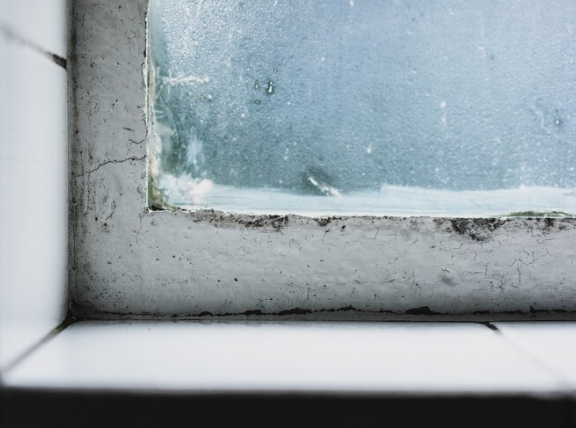In the realm of home maintenance, rising damp stands as a formidable foe, silently creeping up walls and wreaking havoc on the structural integrity of buildings. Understanding the causes, signs, and effective solutions for rising damp is crucial for homeowners looking to safeguard their properties from this moisture menace.
Understanding Rising Damp:
Rising damp is a common issue characterised by the upward movement of moisture from the ground into the walls of a building. This capillary action occurs when water from the ground is drawn upward through porous building materials, such as bricks and mortar. As the moisture rises, it carries with it salts and contaminants, leading to visible and often damaging effects on interior and exterior walls.
Causes of Rising Damp:
Several factors contribute to the occurrence of rising damp, with the primary culprit being inadequate damp-proofing measures. Older homes, constructed before the widespread use of damp-proof courses (DPCs), are particularly vulnerable. DPCs are barriers built into walls to prevent moisture from rising. If these barriers are absent, damaged, or bridged, rising damp becomes a likely issue.
Other factors that can exacerbate rising damp include high ground levels, where soil or paved areas abut the exterior walls, allowing water to penetrate, and poorly ventilated subfloor spaces, which can create conditions conducive to dampness.
Signs of Rising Damp:
Detecting rising damp early is crucial for effective remediation. Some common signs include:
Tide Marks and Staining: Visible tide marks on interior walls are a clear indication of rising damp. These marks often appear a few feet above the floor and may be accompanied by unsightly staining.
Peeling Paint and Blistering Wallpaper: Moisture from rising damp can compromise the adhesion of paint and wallpaper, leading to peeling, bubbling, or blistering.
Damp Odors: The presence of a musty or damp smell in certain areas of a home can be a sign of rising damp. This odor is a result of trapped moisture and the growth of mold and mildew.
Decayed Skirting Boards or Timber: The base of timber elements, such as skirting boards or floor joists, may show signs of decay if consistently exposed to rising damp.
Comprehensive Solutions for Rising Damp:
Addressing rising damp involves a combination of preventative measures and remedial actions:
Damp-Proof Courses (DPCs): Installing or repairing damp-proof courses is a fundamental step in preventing rising damp. This may involve injecting a chemical DPC or installing a physical barrier.
Improved Ventilation: Adequate ventilation in subfloor spaces and around the building’s exterior can help reduce moisture levels and discourage rising damp.
Landscaping and Drainage: Ensuring that ground levels slope away from the building and maintaining effective drainage systems prevents water from pooling around the foundation, mitigating the risk of rising damp.
Waterproofing Exterior Walls: Applying waterproof coatings to exterior walls creates an additional barrier against moisture infiltration, safeguarding the building from rising damp.
Interior Remediation: If rising damp has already taken hold, interior solutions such as replastering with waterproof materials, installing drainage channels, and using salt-resistant paints can help rectify the damage.
Professional Assessment: In many cases, consulting with a qualified building professional or damp specialist is essential for a comprehensive assessment of the extent of rising damp and the most suitable remediation strategies.
Conclusion:
Wet walls need not be a homeowner’s perpetual concern. Understanding the causes, recognizing the signs, and implementing a combination of preventative measures and remedial actions can effectively combat rising damp. By taking a comprehensive approach to rising damp management, homeowners can ensure their properties remain dry, structurally sound, and resilient against the challenges posed by moisture infiltration. Vigilance, timely intervention, and professional guidance form the pillars of a successful defense against the encroachment of rising damp.







